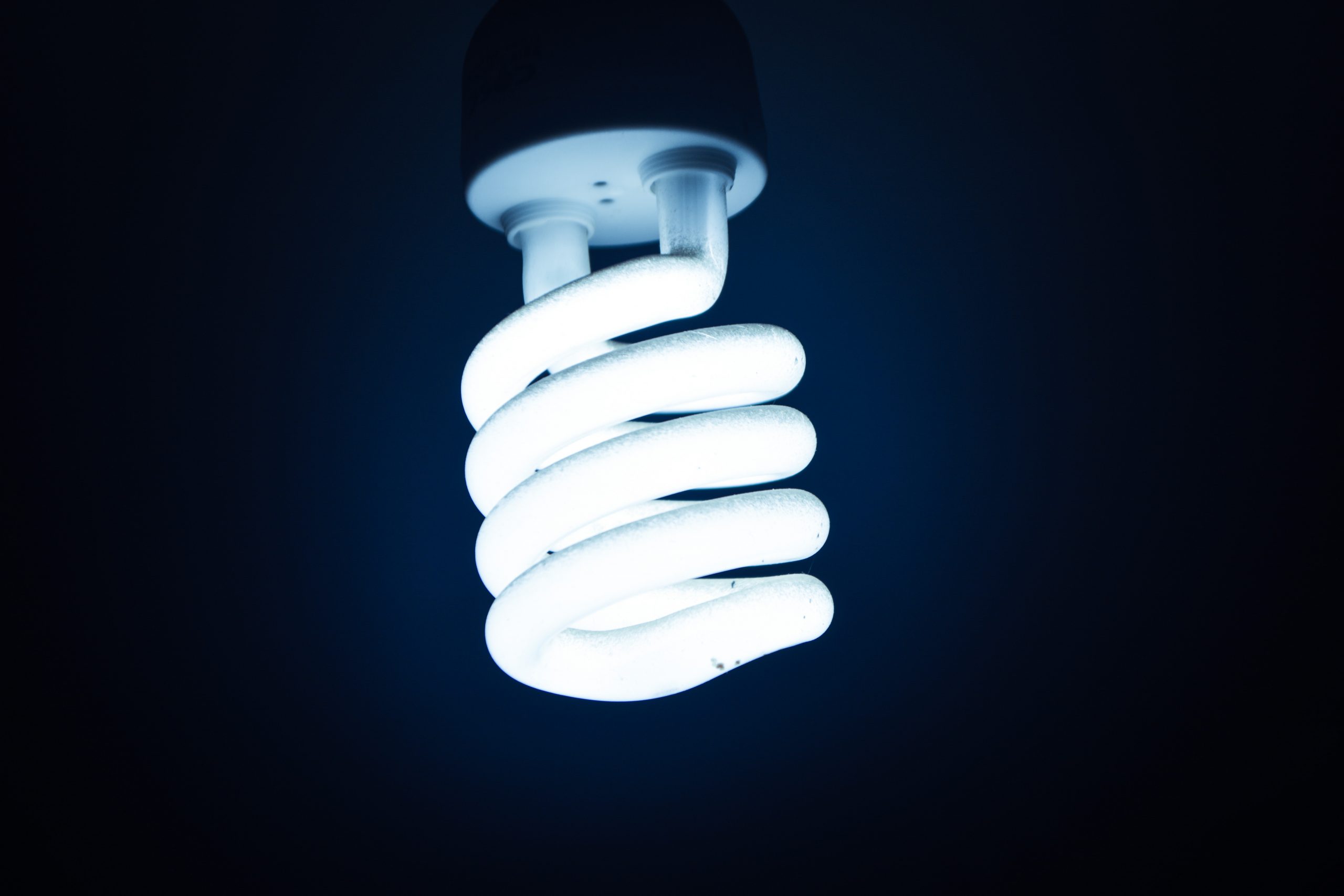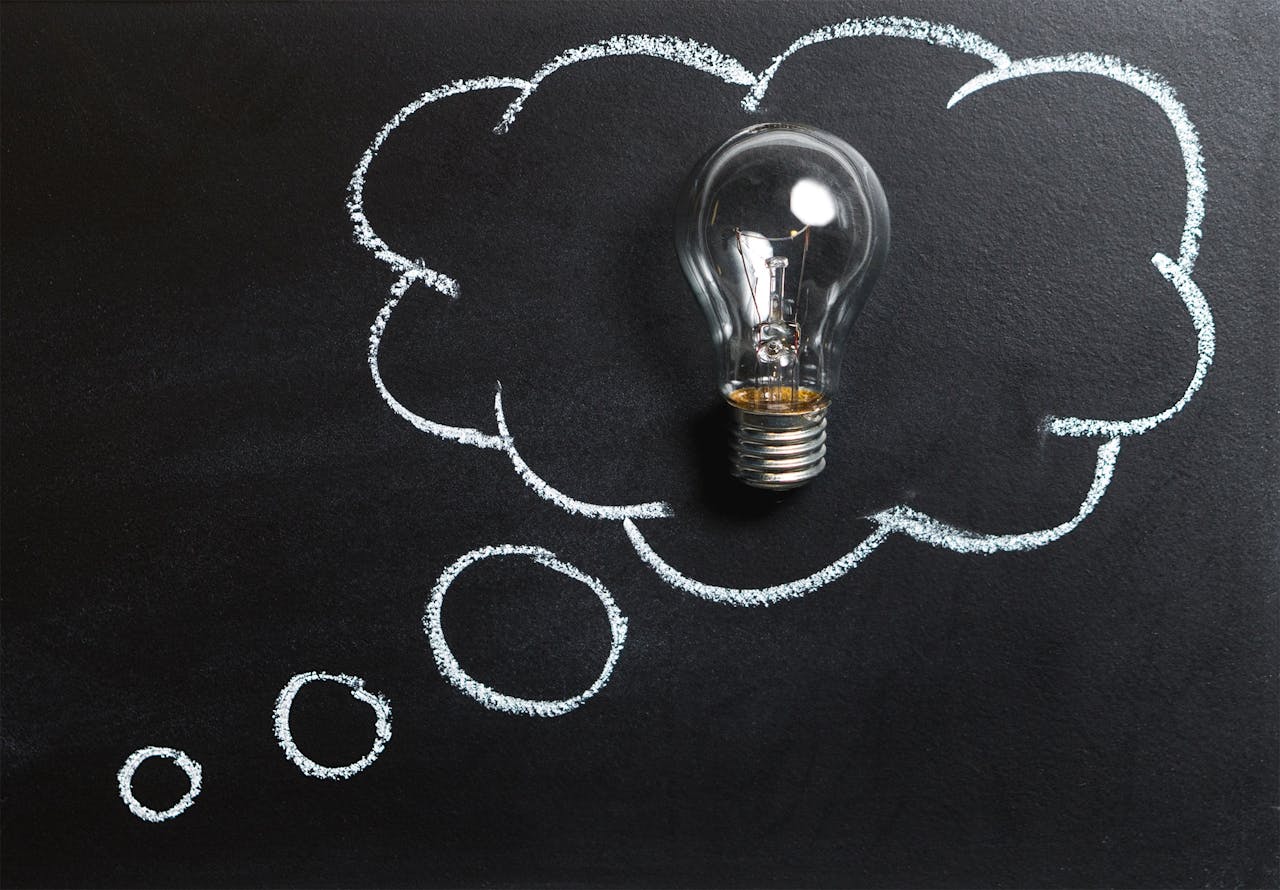There are 4 environmental benefits of switching to LEDs:
Ever wondered how much time you spend in your home or office with lights on? Then maybe you have seen the Watts Light Index chart. This is a list of all light and sound related products that consumers are using, and how much they waste each year.
We all know that the greater our home or office is, the less energy we use. But turning off lights and other appliances when they are not in use and start them only when needed is one of the best ways to save money on your electric bill. Here are some tips for reducing your lighting usage.
LEDs have a number of advantages such as reduced energy consumption, emission reduction and increase in the lifespan of light bulbs. But there are also some other disadvantages like high costs, heat output and energy consumption.
Luxury LED bulbs with superior quality and life span enhance the environment by preventing additional air pollution. It is also important to note that LEDs are more efficient as compared to CFLs which consume more power. Insulating the light bulb with glass reduces its heat output which keeps it cooler in the summer and warmer in winter.
In the recent years, LED bulbs have been found to be a viable solution for homeowners to save electricity. Not only can they help save money on your electric bill, but they also make your house more energy efficient.
As the world moves towards cleaner, more efficient environments, innovative companies are rolling out LED lighting systems in their homes and office buildings. Instead of using Compact Fluorescent Lamps (CFLs), these LED lighting systems use LEDs to provide better light intensity, color temperature and much more. These LEDs can be found in all kinds of products from LED lights for a computer or a TV to LED signs for buildings or road signs
A lot of research has been done on the environmental benefits of using LEDs in our daily lives. It helps save electricity, produces less heat and pollution, reduces energy bills and can also be used as a way to ensure aesthetics.
People are becoming more and more aware of the environmental effects on light emitted by LED bulbs. If someone is working inside the house, he or she is getting accustomed to light in general.
Since switching to LEDs all over the world, there are several benefits that come with it. We will talk about 4 of them:
What are the benefits of switching to LED lights?
We should not buy LED lights just for their high performance. What we should do is use them for the environmental benefits as well. By using LED lights, you can save more energy, lower your usage of electricity and also reduce your carbon footprint.
The light bulb has been a necessity since the beginning of time. The first bulb was invented in 1712. It was named after its inventor, Michael Faraday, who invented the electromagnetic induction technology that made this light source possible.
It is now common to find halogen-based bulbs on store shelves. However, they have some drawbacks: they contribute to environmental pollution and can be quite expensive to operate and maintain over time. We are currently on the verge of being able to do without them altogether but there is a way we can enhance our energy supply without paying for it at all – replace them with LEDs which are far more efficient than halogen-based bulbs and environmentally friendly too!
To get an idea of how great these lights are, here is what a lamp using only LED bulbs will look like:
LEDs have received a lot of attention in the media lately as they are expected to become more and more common.
A recent study has shown that lighting patterns change as people leave their homes and alter with seasons. This is probably due to the bright, high-energy light bulbs that we use in our homes compared with other lighting sources. These lights are responsible for around 12% of energy use, so switching from incandescent to LED can help reduce energy usage.
To help learners stay informed about the relevant information on a given topic, it is important for teachers to provide timely information at an appropriate level. This can be achieved by using educational videos that are produced by professionals and vetted by experts, who will ensure that the video conveys all relevant information without repeating it over and over again.




